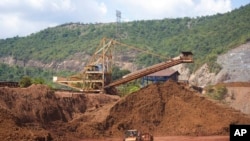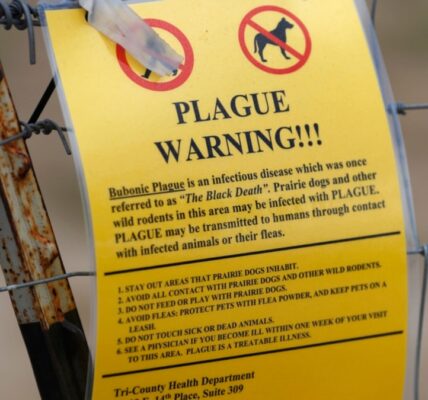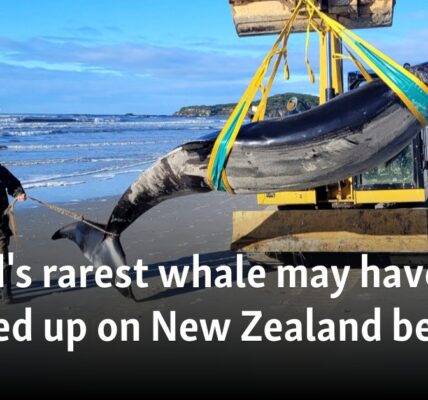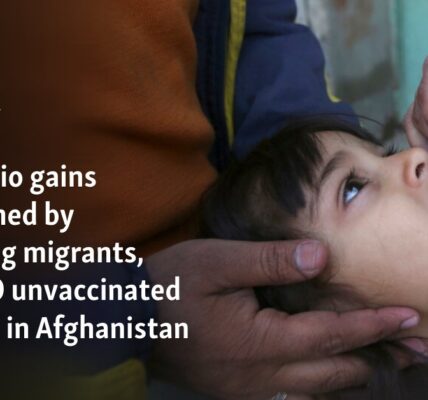Guatemala Fails in Groundbreaking Legal Battle for Indigenous and Environmental Rights.
The Inter-American Court of Human Rights declared on Friday that Guatemala had violated the rights of Indigenous people by allowing a large nickel mine on their tribal land nearly 20 years ago.
The historic decision represents a significant advancement in the fight for the land rights of Indigenous peoples, after a 40-year-long struggle and a contentious legal dispute that has, at times, resulted in public demonstrations in northern Guatemala.
Additionally, it occurs at the end of the United Nations climate conference COP28, which emphasized the significance of renewable energy and transitioning minerals such as nickel.
During the early morning hours, a decision made in Costa Rica stated that the Guatemalan government had disregarded the rights of the Q’eqchi’ Indigenous people by allowing mining on their land. This land has been inhabited by the community since at least the 1800s.
The court stated that the human rights violations were due to deficiencies in domestic legislation, which does not acknowledge Indigenous property rights. As a result, the court ordered the state to implement new laws.
Attorney Leonardo Crippa, from the Indian Law Resource Center, has been studying and advocating for the community since 2005. He declared that the ruling against Guatemala was a major step forward for Indigenous rights, both in Guatemala and globally.
Crippa stated that all nations in Latin America will take note of this ruling. He added that all courts must ensure that any decisions made regarding mining, Indigenous lands, or Indigenous land titles are in line with the court’s decision today.
The court has instructed for a halt to all mining operations and has given Guatemala six months to grant a land title to the community. Additionally, a development fund must be established. The court has also stated that mining cannot continue without the community’s approval.
The Guatemalan agency in charge of granting the mine’s initial permit did not promptly reply to a request for comment from the Associated Press.
Rodrigo Tot, a community leader, sees the ruling as confirmation of his lifelong struggle against the mine and the government, which resulted in the death of his son.
Guatemala first granted massive exploratory permits at the Fenix mine in eastern Guatemala to Canadian company Hudbay just under two decades ago. In 2009, the mine’s head of security shot Tot’s son dead. Hudbay sold the site to a local subsidiary of Swiss-based Solway Investment Group two years later.
Tot stated that sacrificing one’s life is insignificant unless it is for a greater cause. He referenced their anthem, specifically the line “overcome or die,” to support his belief. He believes that dying while protecting their land will be remembered as a significant moment in their fight for freedom.
For more than ten years, there has been a legal battle on both a national and global scale following the killing of Tot’s child. Recently, leaked documents have surfaced that suggest the mine may have tried to manipulate the community by offering bribes to certain residents in order to testify in favor of the mine during the court proceedings.
The U.S. Treasury has imposed sanctions on two Solway officials who were involved in the allegations in November 2022. The ruling made on Friday acknowledged that the community faced “physical harm, intimidation, and mistreatment” from 2006 to 2019. However, the sanctions against the two Solway employees, who were terminated by the company, were not included in the court’s verdict on Friday.
A representative from Solway stated that the company and its subsidiary are not involved in this case and that disagreements over the discrepancy in land boundaries have existed prior to the company’s acquisition of the project.
In 2019, eight years after Solway’s subsidiary acquired the site, she remained unresponsive to inquiries regarding alleged bribery and harassment by the community.
Although Crippa expressed optimism about the court’s decision to impose strict deadlines, Tot acknowledged that there may be a struggle to ensure compliance.
“He reassured us that this is not the end. We will continue our fight,” he stated. However, “it gives us strength to know that there are others who also appreciate our efforts.”
The Fenix mine is not the sole source of conflict between international mining operations that provide minerals for clean energy and Indigenous communities in the area. It is also expected that there will be future conflicts of this nature.
Panama experienced widespread protests from indigenous and environmental groups earlier this year after the government granted a 20-year contract to a Canadian company’s local branch. However, the country’s supreme court later deemed the contract invalid and ordered the closure of the copper mine.
In 2020, a research report found that more than 50% of current and future critical mineral mines are located on or near Indigenous territories. During his speech at COP28, U.N. Secretary-General António Guterres expressed concern over the possibility of conflicts arising due to the increasing demand for minerals such as nickel.
Guterres emphasized the necessity for responsible and equitable extraction of essential minerals to support the shift towards clean energy, which includes processes involved in wind and solar energy production as well as battery manufacturing.
Source: voanews.com




